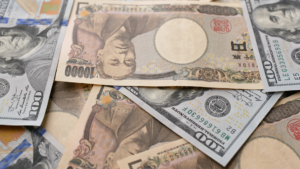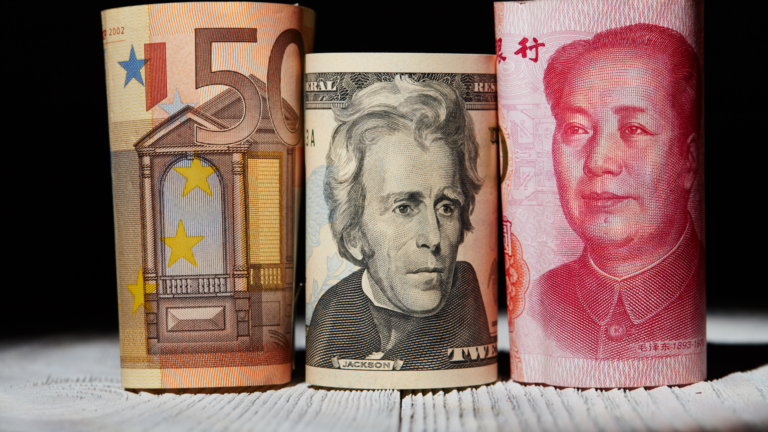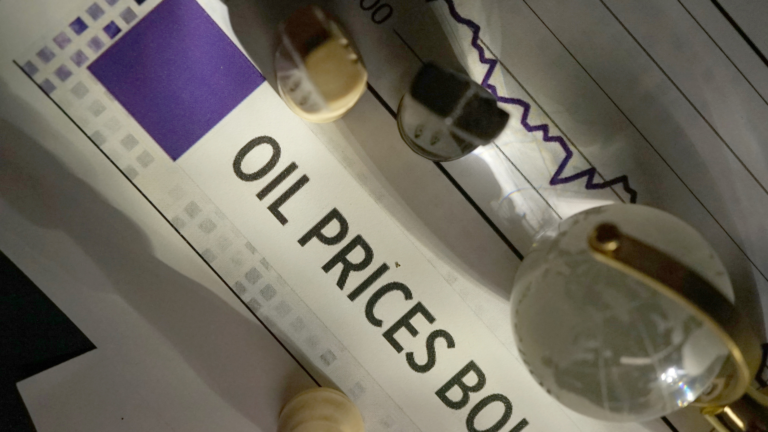The Australian dollar faced continued pressure from investors on the back of disappointing GDP figures, raising concerns about the nation’s economic trajectory. The currency slipped further against major counterparts after data showed a slower-than-expected growth rate, amplifying fears of prolonged economic stagnation.
Australia’s GDP expanded at a mere 0.2% in Q3, missing analysts’ forecasts of 0.5%, and signaling mounting challenges for policymakers. Analysts attribute the weak growth to a combination of tepid consumer spending and external pressures such as declining commodity demand, which remain critical to Australia’s export-driven economy.
Market participants are now pricing in lower odds of rate hikes, with the Reserve Bank of Australia likely to maintain a cautious stance. This dovish outlook has dampened investor appetite for the currency, which fell to its lowest levels in months against the US dollar.
With uncertainty clouding the path forward, traders are bracing for more volatility in the Australian dollar as global conditions remain fragile. For now, the currency’s bearish momentum continues, reflecting broader skepticism about the nation’s ability to reignite growth.






















